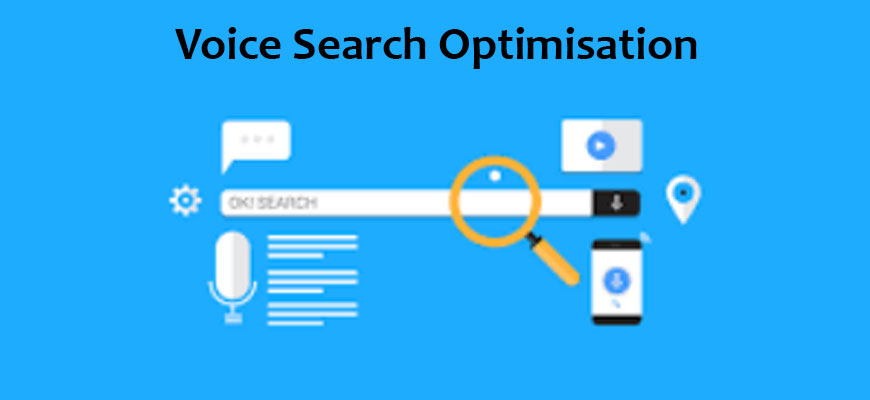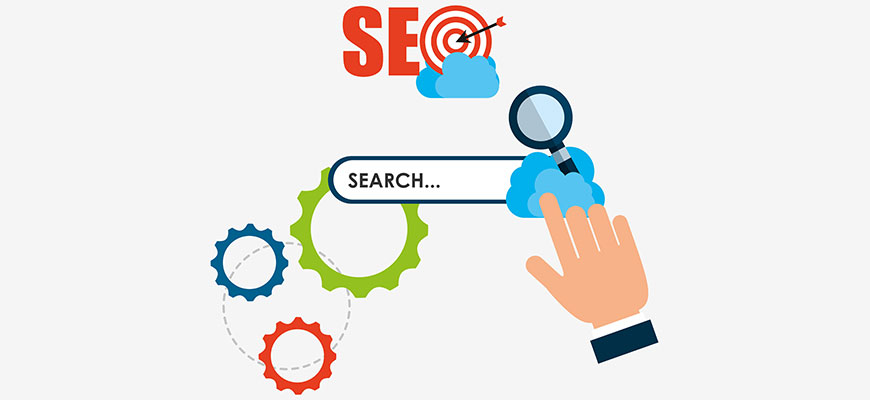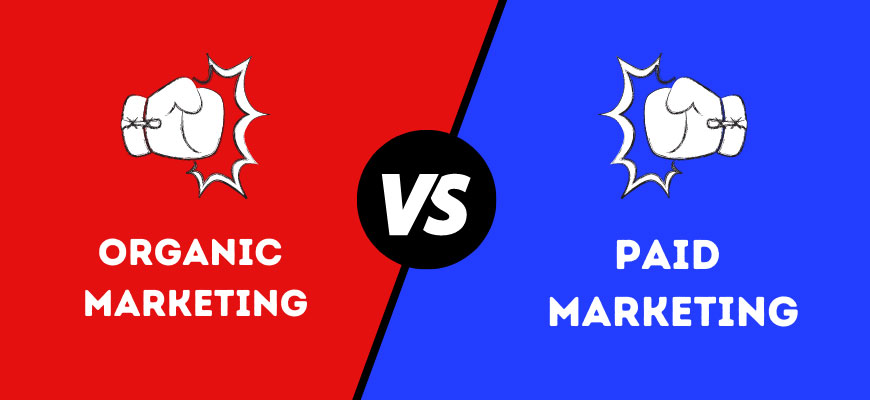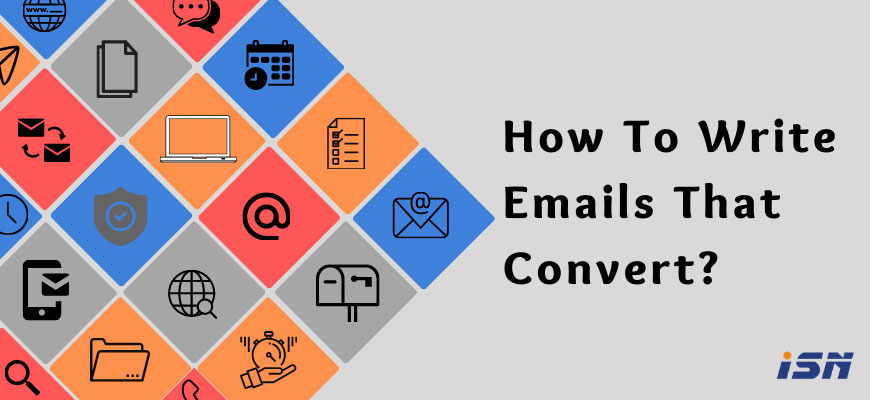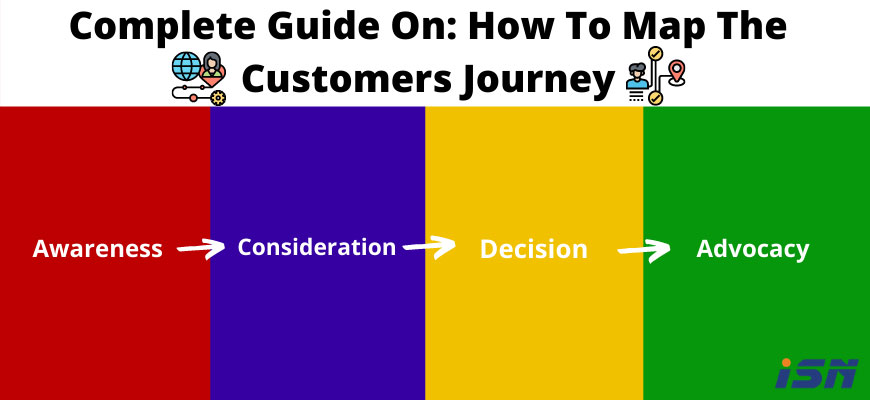
By David Rekar | November 2022
The need for Google Business Tools
Businesses today need to adopt both traditional and digital marketing methods to be recognised in the industry. Google is a highly-used search engine and promoting your business through Google can be both cost-effective and result-driven.
Here are 4 tools that Google offers that can help scale your business:
- Google Ads: Previously known as Google Adwords, this business tool helps you to make keyword-driven ads that showcase your business on Google. The best part about this tool is that it follows the pay-per-click (PPC) concept; i.e. It only costs you for the keywords you bid on only when someone clicks on your ads. This makes this tool highly result-driven. These ads help drive traffic to your website or your phone number depending on your preference. It also selectively showcases these ads to the right audience.
- Keyword Planner: To make the most of Google Ads you also need to be able to search for high-ranking keywords that your audience is likely to search. With Keyword Planner you can search for new keywords that are unique to your business and audience, view search volume trends, and check for how high or low the competition is for these keywords so that you can pay for the right ones and reach your target audience with ease.
Google Trends: Along with finding the right keywords, it is also important to study what is currently gaining recognition in your industry. Google Trends not only helps you bring highly-searched keywords to light but also allows you to add phrases and compare how well they perform. This is shown in the form of graphs that can be compared with any data dating from the last 24 hours to the past year. This gives you an idea of how consistent your target keywords are, or if you need to find better keywords to enhance your results.
Here are some added features by Google Trends that make it a must-have tool:
- You can search for related topics that are trending currently in your industry
- Carve out a content strategy based on related queries and specific subregions
- Carve out a content strategy based on related queries and specific subregions
- Google Analytics: Once your audience reaches your website through Google ads, you also need to see how they interact with it. This is where Google Analytics comes into play. This tool helps to monitor the traffic on your website while also allowing you to view and share reports with your team. You can also create custom surveys that help you to understand the behavior of your audience. This tool is great to update your website and alter it to the changing behavior of your target audience.
Conclusion
Running a business online requires your ads to be as unique as your business. Google Business Tools help you to establish and maintain your unique identity while being cost-effective and result-driven. These tools help you to make content that effectively engages your audience and enhances your digital marketing experience.

















